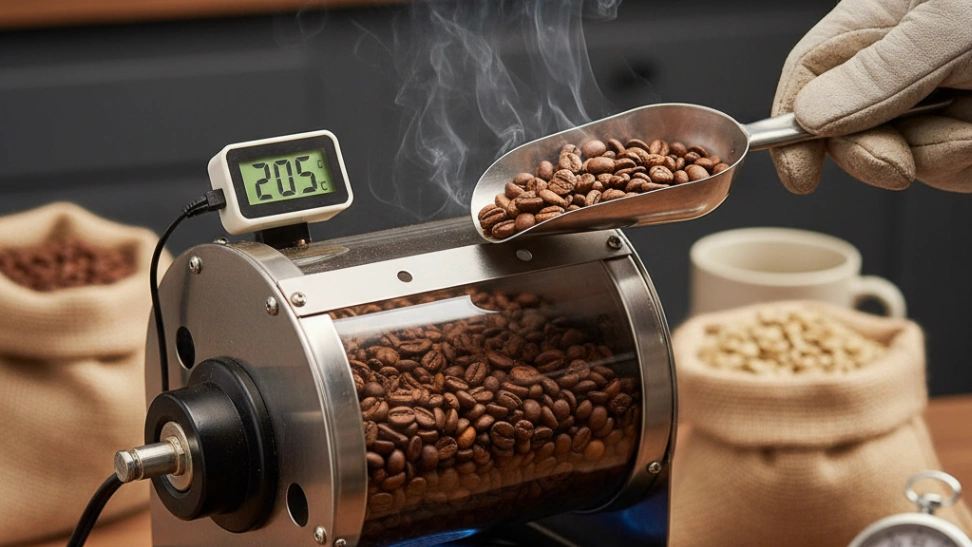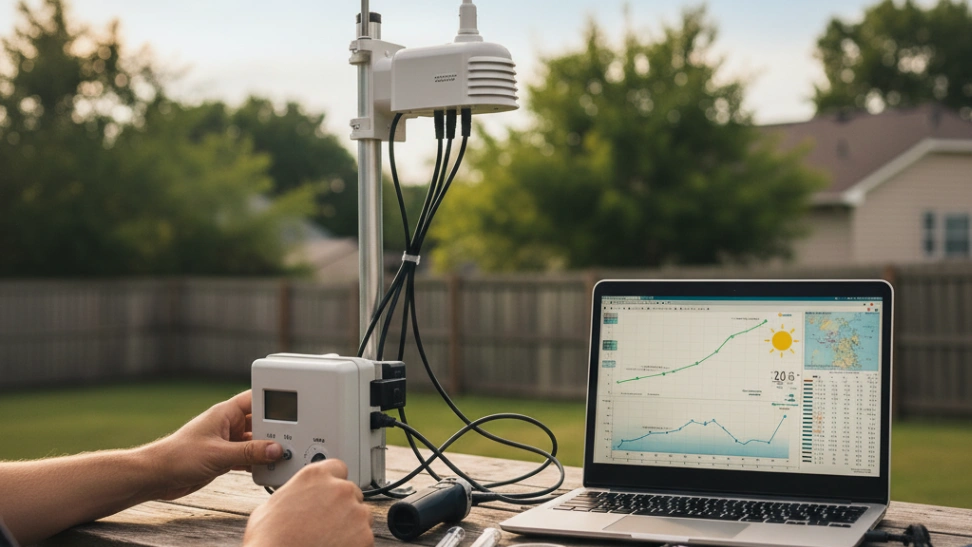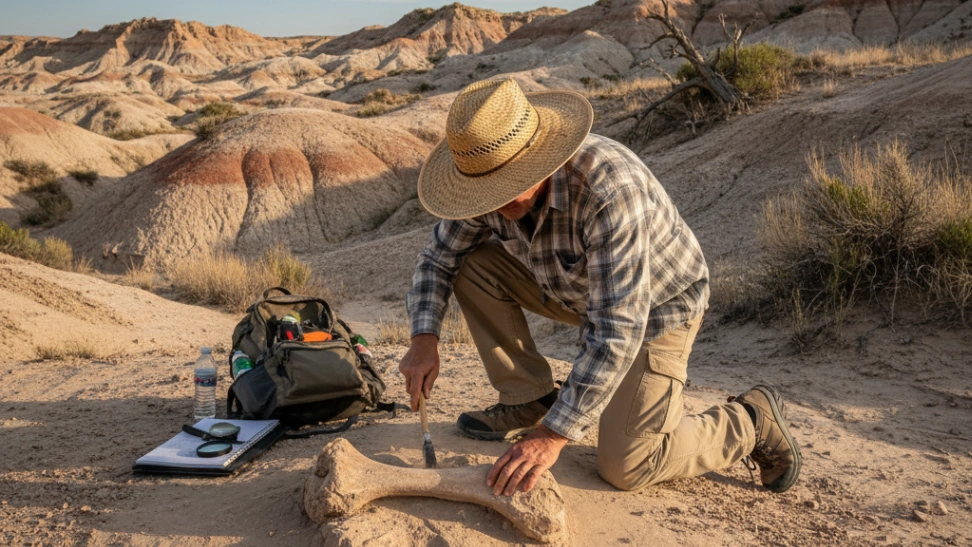Is This Hobby For You?
Perfect for coffee enthusiasts who desire ultimate control over their brew and love a blend of art and science.
Why You'll Love It
- Enjoy incredibly fresh, customized coffee tailored to your exact preferences.
- Deepen your understanding and appreciation for coffee's complex flavors and origins.
- Experience a rewarding blend of technical skill, sensory exploration, and creative experimentation.
Good to Know Before You Start
- Requires an initial investment in equipment, which can vary widely.
- Produces smoke and chaff, necessitating good ventilation during the process.
- There's a learning curve to consistently achieve desired roast profiles.
Hobby Traits
How the community rates this hobby.
Getting Started: The Essentials
The basic requirements to begin your journey with Coffee Roasting.
Startup Cost
$250
Community-voted average
Ongoing Cost
Low
Monthly upkeep estimate
Essential Gear
Green Coffee Beans
High-quality unroasted coffee beans are the raw material for your roasting journey.
Roasting Device
Options range from a simple stovetop popcorn popper to a dedicated home roaster or air fryer.
Cooling Tray
Essential for rapidly cooling beans post-roast to prevent overcooking.
Timer
Crucial for precise control over your roast duration and stages.
Thermometer (Optional but Recommended)
Allows for more accurate temperature monitoring within your roasting device.
Learning Curve
Overall Difficulty: Easy
Associated Skills
Skills you can expect to develop while pursuing this hobby.
A Closer Look at the Traits
Very Practical
Results in a tangible skill or useful item, focusing on practical outcomes.
Very Calm
A deeply relaxing and meditative activity with minimal physical effort.
Purely Indoors
Best enjoyed in the comfort of your own home or a dedicated indoor space.
Very Mental
A mentally stimulating activity that challenges your mind, strategy, and focus.
Mostly Creative
While there are some technical aspects, the primary focus is on creativity and self-expression.
Mostly Solo
Primarily a solitary activity, but with communities available to share your results.
Frequently Asked Questions
Hobby Traits
How the community rates this hobby.



